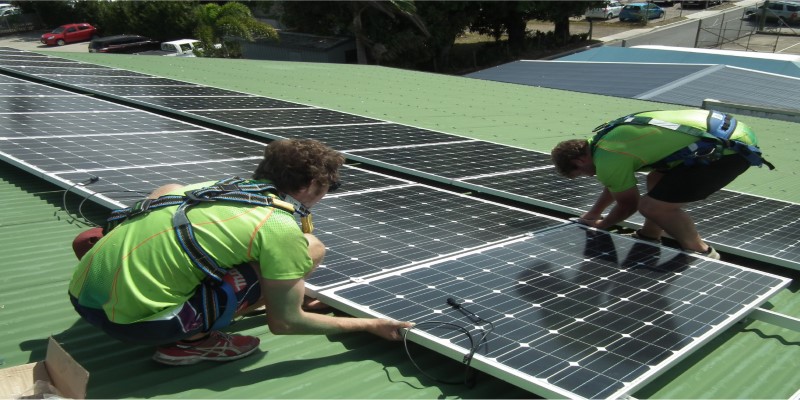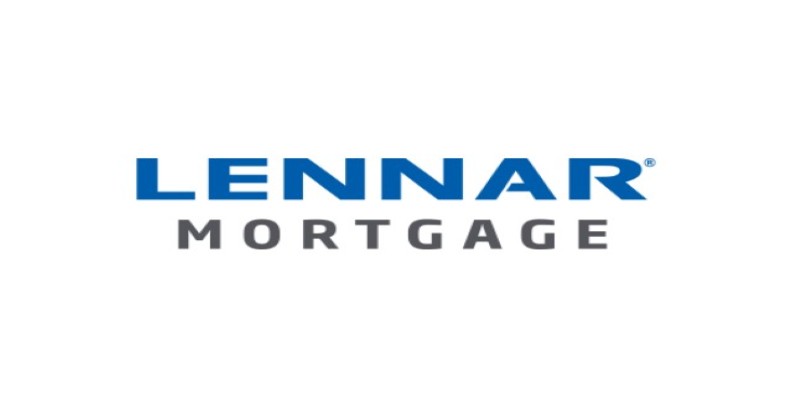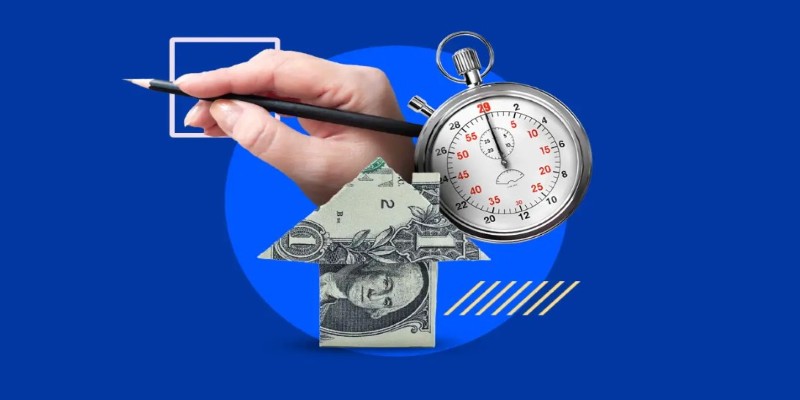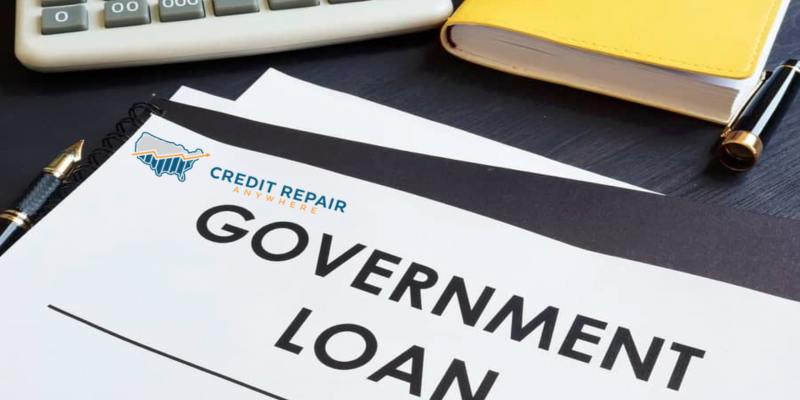When most people think about solar panels, the first word that tends to float up is “expensive.” And on the surface, that makes sense. A system you place on your roof that powers your home with sunlight sounds like something only people with savings to spare would go for. But let’s slow down for a second. Price tags don’t always tell the full story—especially not when it comes to something like solar energy.
Upfront Cost vs. Long-Term Payoff
It's easy to see why solar panels have earned a reputation for being pricey. The initial cost can range anywhere from $10,000 to $25,000, depending on the size of the system, the type of panels, and your location. That sounds like a big number, and for most people, it is. But what tends to get lost in translation is that this cost covers 25–30 years of electricity. That's not a one-time hit for a year of use. That's your power supply for potentially three decades.
Think of it this way: you could either keep paying the utility company every month, with rates that creep up year after year, or you could make one investment now and reduce (or nearly erase) those monthly bills. When you stretch the math out over time, what first looked like a steep purchase starts to look like a decision that makes financial sense.
What's Baked Into the Price?
Before deciding if solar is too expensive, it helps to understand what you’re actually paying for. It's not just about the panels sitting on your roof.
1. The Panels Themselves

These are the visible parts of the system, but they're only one piece of the whole. Their cost is influenced by their efficiency, the materials used, and how much power you want them to produce. Higher-efficiency panels cost more—but they also convert more sunlight into energy using less space.
2. The Inverter
This is the heart of the setup. Solar panels produce direct current (DC), but your home runs on alternating current (AC). The inverter handles that switch. Some setups use one large inverter, while others use microinverters under each panel. Microinverters cost more but tend to boost performance.
3. Mounting and Wiring
Getting the panels attached securely and wired safely into your home's system isn't something you want to be done halfway. This is where skilled labor comes in, and while it adds to the cost, it's one area where cutting corners isn't worth it.
4. Installation
From permits to inspections to the crew climbing onto your roof, installation is a bundle of its own. In most cases, this includes making sure everything is up to code, registered with the local utility, and legally good to go.
5. Warranties and Maintenance

Most solar panel systems come with warranties of 20 to 25 years. And maintenance needs are minimal—maybe a panel cleaning now and then. So, that price you see upfront? It's not just a set of rectangles on your roof. It's a full system with service and support built in.
What About Incentives?
Now, this is where things get interesting. That sticker price you see online? It's rarely the number most people actually pay. Why? Because both federal and local governments want more people to go solar, and they’re willing to help.
Federal Tax Credit
As of now, the U.S. government offers a tax credit that knocks off 30% of your solar installation cost. So, if your system costs $18,000, you could get $5,400 back when you file your taxes. That's not a rebate; it's a direct reduction of your tax bill.
State and Local Programs
Depending on where you live, your state or even your city might offer rebates, tax breaks, or performance-based incentives. Some utility companies will even pay you for the energy you send back to the grid—called net metering.
All these incentives make a major dent in the final price. In some areas, total savings could shave off nearly half the cost.
Financing Options That Take the Pressure Off
Not everyone can pay five figures out of pocket. That doesn’t mean solar’s off the table. In fact, a lot of people go solar without spending anything upfront. Here’s how that works:
1. Solar Loans
Much like a car loan, you borrow the cost of the system and pay it back over time—usually with monthly payments that are equal to or less than your current electric bill. At the end of the loan, the panels are yours, and your electricity becomes basically free (aside from minor grid fees, depending on where you live).
2. Leases and Power Purchase Agreements (PPAs)
With a lease, a third-party company installs and owns the system. You agree to pay a fixed monthly rate—again, typically lower than your usual electric bill. With a PPA, you pay for the electricity generated by the panels, not the panels themselves. The downside? You don't own the system, and that means you miss out on some tax incentives.
But for people who don’t want to deal with maintenance or have the capital to buy outright, these options offer an easy on-ramp to solar.
Wrapping Up
So, are solar panels expensive? That depends on how you define “expensive.” If you’re only looking at the upfront cost, sure, they can be. But if you’re looking at the full picture—the long-term savings, the financial incentives, and the potential to break free from rising energy costs—they start looking more like a smart buy than a luxury splurge.
The cost is real, yes. But so are the benefits. And in the end, solar isn’t just about saving money. It’s about taking control of your energy future. And that, for many people, is worth every penny.












